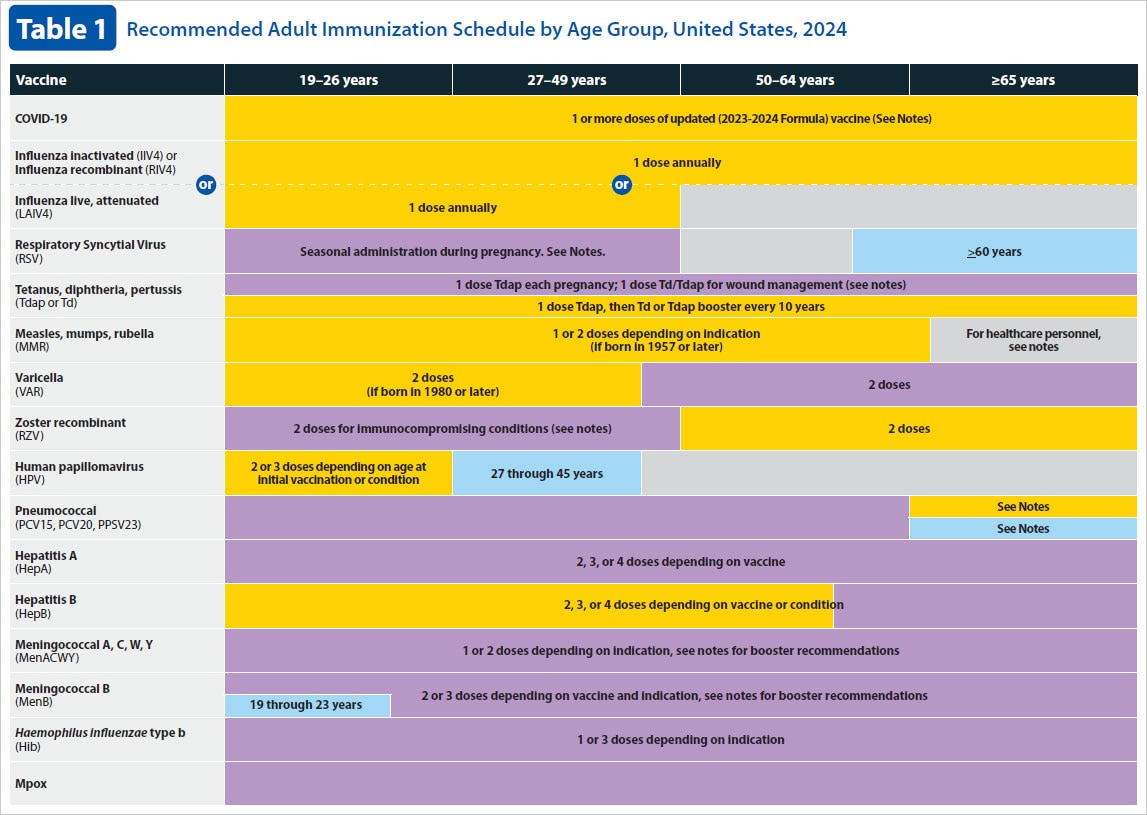Doctor's Heart Series Chapter 17: Preventive(Physicals)Medical Visits - Part 1
Optimizing health and Longevity with Preventive Medical Visits!
I want to extend a heartfelt thank you to all my readers. Your continued support and feedback inspire me to keep creating content. I appreciate every single one of you!
In 1816, René Laennec, a French physician, developed the stethoscope. His invention was motivated by the need for a better method to listen to the internal sounds of a patient’s chest, as existing techniques were inadequate and often socially awkward, particularly for examining women. He then went onto create the first stethoscope using a 25 cm-long wooden tube, which has since transformed into the modern-day stethoscope. This invention revolutionized medicine, particularly in diagnosing heart diseases and lung pathology. Laennec’s invention of the stethoscope marked a significant milestone in medical history, transforming how physicians examined and diagnosed patients. It remains an essential tool in modern medicine and has saved countless lives.
In the late 1800s and early 1900s, industrialization and urbanization lead to greater emphasis on public health. As new discoveries spread, health education took shape at the beginning of the last century, especially around the Spanish flu of 1918. American Medical Association(AMA) and American College of Physicians(ACP) were the medical organizations starting to take shape and work towards the goal of disease prevention. It was popularized in the 1920s with the advent of insurance systems requiring the medical community to participate in disease prevention. In 1922, they came with periodic health exams per the American College of Surgeons to detect and treat diseases early. This historical background and evolution of physical exams are crucial to understanding their importance today. In the last century, technological advances and the discovery of penicillin have changed the diagnosis and treatment. In the later part of the previous century, more advances in blood testing and radiology have changed the identification of diseases earlier and earlier. Many landmark trials and studies have shown how these guidelines have been developed to effectively screen patients based on age and prevent the disease.
The Affordable Care Act, also known as Obamacare, has significantly changed the medical system in the United States. One noticeable change is that health check-ups for seniors are now referred to as wellness exams. Unfortunately, there is a lack of effective communication about these wellness exams, leading to only 45 percent(2020) of seniors undergoing these screenings. Health and human services must make more efforts to ensure seniors know and receive these essential wellness exams. Those with private insurance typically cover annual physicals. However, Medicare no longer covers physicals but offers similar wellness visits following the implementation of the ACA. Seniors must be informed that these preventive wellness visits are free and should be done annually.
In 1984, the U.S. Preventive Services Task Force was formed as an independent, volunteer panel of national experts in prevention and evidence-based medicine. The Task Force works to improve people's health nationwide by making evidence-based recommendations about clinical preventive services such as screenings, counseling services, and preventive medications.
The U.S. Preventive Services Task Force is a diverse group of 16 volunteer members, each a nationally recognized expert in their respective fields of prevention, evidence-based medicine, and primary care. Their collective expertise spans behavioral health, family medicine, geriatrics, internal medicine, pediatrics, obstetrics and gynecology, and nursing. The panel is led by a chair and two vice chairs, ensuring a comprehensive and balanced approach to their recommendations.
What are physicals(preventive care visits)? Why does anyone care about this mundane task of preventive visits, coming to the doctor, getting evaluated, and undergoing either blood or other tests? The truth is that these seemingly routine tasks play a crucial role in maintaining health. The impact of not getting tested can be significant, as early detection and treatment can prevent and cure the disease.
“Prevention is better than Cure.”
Preventive Health Pentad…
The Preventive Pentad includes health screenings and preventive measures to consider for longevity and early disease detection and management. It consists of Cancer screenings, Infection screenings and prevention, Metabolic disease prevention, Cardiovascular disease screenings, Mental disorder screenings, and lifestyle factors. These components help in early diagnosis and facilitate discussions on age-appropriate screenings during physical exams.
Some of the the studies attached below discuss about the early screenings in prevention of the disease.
Health Maintenance Organization (HMO) studies suggest a correlation between regular checkups and improved health outcomes, including potentially longer life spans. The Framingham Heart Study : This long-term study has provided valuable data linking regular monitoring of blood pressure, cholesterol, and other risk factors to reduced incidence of heart disease. The PLCO (Prostate, Lung, Colorectal, and Ovarian) Cancer Screening Trial : This study focused on the benefits of regular cancer screenings. While the impact on mortality varied by cancer type, regular screenings did lead to earlier detection and treatment. The Health Professionals Follow-Up Study Regular physical exams were associated with improved management of chronic conditions such as hypertension and diabetes, reducing complications and associated mortality. Cochrane Reviews Systematic reviews by Cochrane have examined the effectiveness of general health checks. While the direct impact on mortality was inconclusive, there were clear benefits in terms of risk factor identification and improved management of chronic conditions. The Women's Health Initiative Regular health exams and screenings, such as mammograms and bone density tests, led to earlier detection and treatment of health issues specific to women. European Studies on Preventive Care Studies in Europe have shown that countries with a strong emphasis on preventive care, including regular physical exams, tend to have better health outcomes and higher life expectancies.
As discussed earlier, the metaphor of the Life Cycle emphasizes the importance of continuously balancing our health at all times (Chapter #9). A smoother ride signifies better health, while a bumpy ride indicates the need to optimize our health efforts. Our bodies, like a well-oiled machine, constantly strive to work efficiently and navigate through life's challenges, regardless of the obstacles we encounter.
In the previous series (Chapter#9), we highlighted the five essential biomarkers for balancing this Life Cycle: blood pressure, blood sugar, blood cholesterol, blood uric acid, and blood vitamin D. These parameters can be measured and optimized to promote better health and longevity. The lifestyle factors that influence our ability to stay within the optimal zone. I believe that we can balance our Life Cycle by adopting healthier lifestyles, focusing on what I call the 5 S's: sleep, stress reduction, strength training and exercise, superior nutrition, and social connections. These five lifestyle factors play a crucial role in mitigating health risks and promoting overall well-being.
Cancer prevention and screenings:
Cancer is a dreadful disease. We all have grappled with this deadly term, which has taken many lives and continues to be deadly and the second most common cause of death in this country after heart disease. With the new advent of tests, genetic tests, and management immunotherapies, we have started to see better survival; however, we need more to improve survival. I have attached all the screenings that need to be done based on age, as given by the American Cancer Society for average-risk asymptomatic adults. Future articles will review genetic tests, liquid biopsies, whole body MRIs, and many other newer cancer detection modalities.
Infectious disease screenings and prevention:
It's important to undergo regular screenings for infections as part of your physical or wellness check-up, especially based on individual risk factors. Sexually transmitted diseases can cause significant morbidity in young adults, but early detection can lead to effective treatment and prevention of complications. Some key infections to screen for include Gonorrhea, Chlamydia, Hepatitis B and C, Syphilis, and HIV, particularly for high-risk individuals. Hepatitis C is now completely treatable if identified early, and Syphilis is reemerging with new deadly strains. Regular testing for these infections can help with early diagnosis and treatment. It's recommended to consult your healthcare provider to determine if you qualify for these tests.
For detailed info please check the AMA website:
https://www.ama-assn.org/delivering-care/public-health/hiv-stis-viral-hepatitis-and-ltbi-routine-screening-toolkit-testingVaccinations help eradicate or minimize the symptoms of certain infections. If you are eligible, you should talk to your doctor about getting the necessary vaccinations. Below is the attached 2024 updated vaccination protocol for adults by age group according to the CDC.
Part 2 - to be continued…
Suman Manchireddy MD FACP FHM, Internal Medicine, Leesburg, VA.
Email : Care@ReliantMD.com
Disclaimer: This is purely informational and educational purposes only, seek medical advise prior to starting any testing or treatment regimen. The data presented here is researched extensively and has been condensed for a broader audience.









Very informative and useful! Thank you!